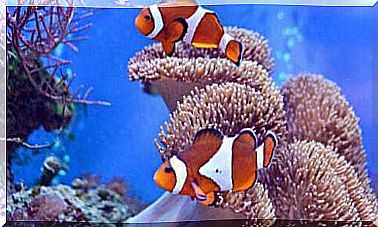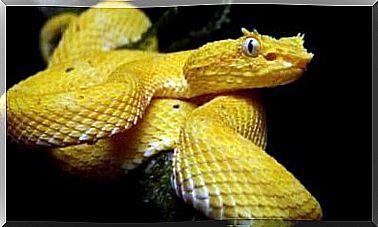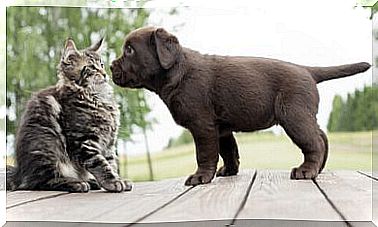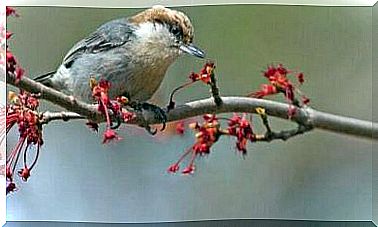Axolotl: Find Out What Animal It Is

The axolotl can be of different colors : black, gray, gold, albino, white with black eyes and much more. They are relatively easy to care for but live their entire life in the water. So you need to provide them with an aquarium that is kept at the right temperature.
The axolotl are endemic of Lake Xochimilco in Mexico, where they are considered critically endangered by estiznione. Fortunately, this species easily reproduces in captivity. It is also the subject of research for its unique ability to regenerate.
Behavior of the axolotl
The axolotl is a relatively hardy animal. Often they are pets, however, these creatures should be regarded as show animals. In fact, they cannot interact with their owners outside the aquarium.
They are delicate amphibians, with a soft body and permeable skin. Axolotls should not be manipulated unless absolutely necessary. They are not particularly social animals and do not benefit from having a playmate.
Caring for an axolotl
The axolotl can be much larger than a salamander, so a 70- to 90-gallon aquarium is recommended. Although this doesn’t have to be filled to the brim: the water needs to be just deeper than the animal’s total length.

The aquarium should be placed in a cool room, away from intense sunlight. The water temperature should be between 14º C and 20º C.
Very bright lighting is not required for axolotls, unlike reptiles. In fact, it is best to offer them a place in the aquarium where they can avoid the light, such as a castle.
If gravel is used on the bottom of the aquarium, this should be coarse gravel. Fine gravel can be ingested when the animal feeds and cause obstructions.
Some owners simply choose to leave the bottom of the aquarium empty. However, others believe that this is not an adequate measure for the axolotl, as the animal cannot have a foothold on the bottom of the aquarium.
Use an appropriate filter
Most owners will find using a filtered aquarium easier to manage than an unfiltered one. Unfiltered water needs to be changed frequently.
However, if you choose to use a filter, the filtering speed must be quite slow and powerful filters that create excessive currents should be avoided. Also, make sure the filter meshes are not wide enough to suck the axolotl’s gills.
If you have an aquarium with a filter, cleaning will consist of using a siphon to vacuum the bottom of the aquarium and a 20% water change every week will suffice.
If you do not use a filter, you will have to change the water by 20% every day or every other day. Never make a complete water change. This creates too drastic a chemical change for your axolotl.
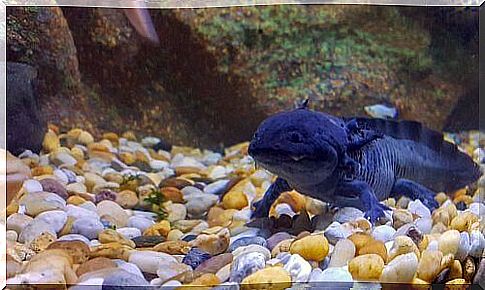
Tap water usually contains chlorine, which is used for water treatment. There are commercially available solutions to eliminate it. Never use distilled water and make sure the pH remains between 6.5 and 7.5 (neutral).
Food and water
In nature, axolotls feed on snails, worms, crustaceans, small fish, and small amphibians. In captivity, they can feed on a variety of Artemia shrimp, small strips of beef or liver, earthworms, and other frozen fish foods.
Uneaten food should be removed from the aquarium daily to keep it clean.
Common health problems
In some circumstances, the axolotl can mutate into a terrestrial form. This is a stressful event for the animal and does not occur frequently. The conditions for this change in nature are not well known.
We know that metamorphosis can be induced by changes in the characteristics of the water or by the use of thyroid hormone.
Of course, the terrestrial form of the axolotl has a number of different needs. However, it is not recommended to induce metamorphosis, as this can be a significant stress on the axolotl and significantly shorten its lifespan.
Axolotls often eat gravel or part of the bottom and are often prone to gastrointestinal obstruction and ingestion of foreign bodies. Bowel obstructions are a common cause of death. Gravel and other items in the aquarium must be of a suitable size.

